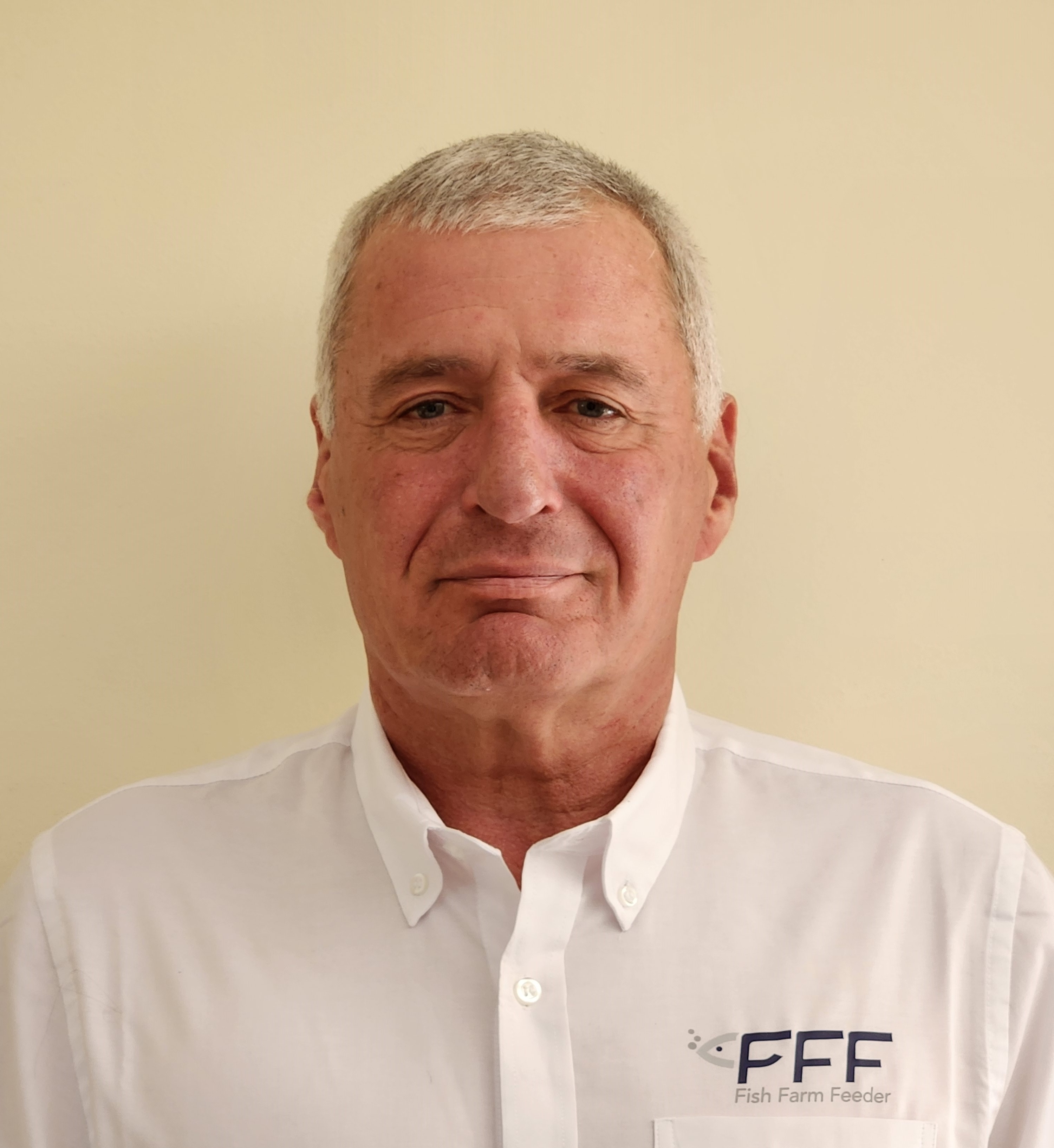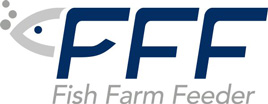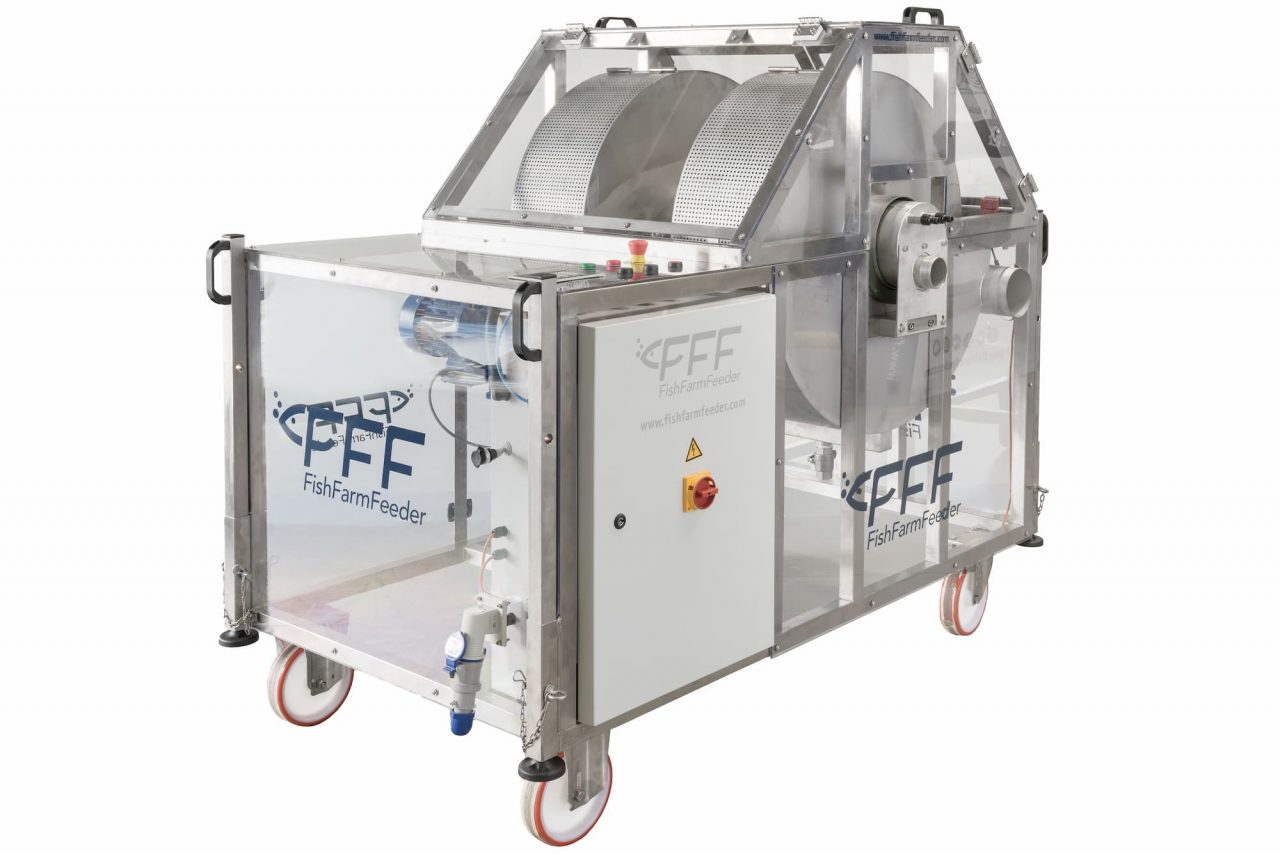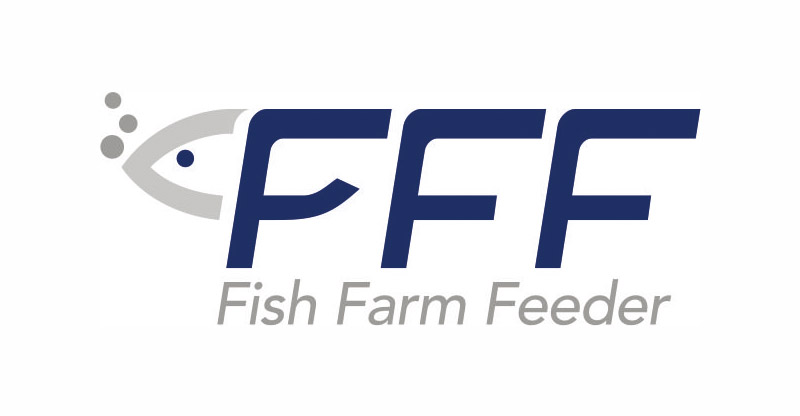I ask the question knowing the answer that every aquaculturist would give. The truth is that today it remains a permanent challenge to have the tools to prevent adverse health situations in our aquaculture farms. It was always explained to us that health is a balance between the environment, the host and the pathogen, so by preventing we only intervene in this equation in favor of our production.
Following this concept, intensive production in aquaculture farms depends much more on cultivation conditions, water quality and good practices. Today it is unthinkable not to pay attention to the hygiene of our systems and water biochemistry.
Oxygenation, filtration, degasification, disinfection are tools that the intensity of cultivation demands. On the other hand, our farming populations are selected and improved to face these conditions and in many cases develop resistance against production diseases. However, although this progress, our pathogens are still there and without taking care of everything above mentioned, they always find a way to get sick.
As a production veterinarian, I have always thought that vaccinating our stocks is the best of the practices we have at hand to prevent, and always susceptible to improvement. Not all individuals in farms will respond the same to early vaccinations, but populations undoubtedly will. The hard data of good, well-applied vaccines has allowed effective control of many diseases, preventing their appearance or mitigating chronic damage that forever affects crop performance.
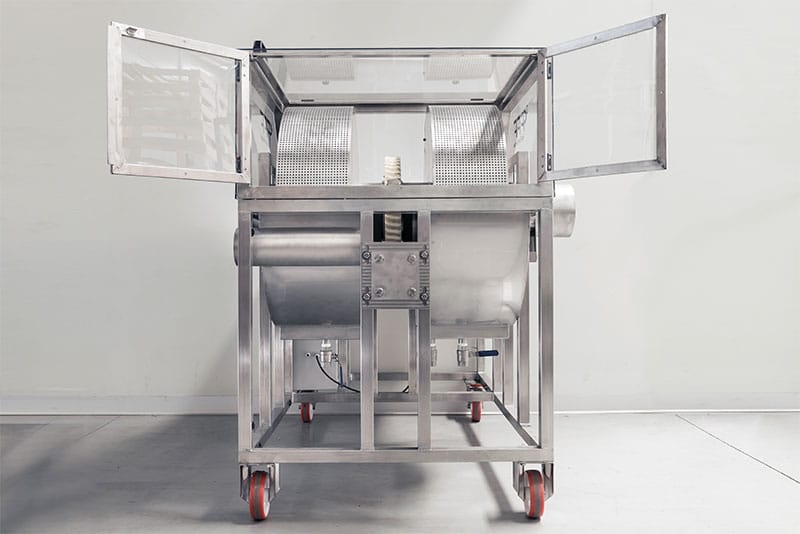
Immersion vaccination in aquaculture
Immersion vaccines are tedious tools to apply. If not applying them well, hinders the effectiveness of the vaccination procedure, which means costs and in the worst cases, the perception that they do not work.
There are immersion vaccines for many diseases, but there is only one application method. Exposure to a vaccine solution during an exposure time for a specified number of kilos of individuals that the solution can vaccinate or deliver enough antigen via gills to achieve the objective.
This process is by nature demanding of personnel on the aquaculture farm, requests time and generates stress to fish. It can be argued with labor savings, but my view is that they make it more valuable. Let me explain.
Immersing an entire population of juveniles will only be effective if it is done well and in the time necessary to control its effect. Many vaccines of this type will be vaccinations used before the injectable ones. So collectively accumulating enough thermal units to not hinder future management makes this temporal aspect key.
So what normally happens at the farm in such cases? We turn to everyone in our team to achieve good vaccination or we take the risk of hiring temporary staff. As a result, the daily process and good routines that make cultivation predictable are neglected or put at risk. What processes are affected? Feeding well, cleaning well, recording well, removing mortalities, in short, everything that a good growing farming site should do daily. By automating the vaccination we also specialize our staff, giving this activity the certainty of a well-made investment.
Solution to vaccinate in intensive production aquaculture farms
At Fish Farm Feeder (FFF) we developed a mobile equipment that allows us to carry out the vaccination process, apply the vaccine according to the manufacturer’s instructions and with a minimum of personnel. The vaccinator makes the system flexible and user-friendly, as it is able to integrate with other existing equipment such as pumps and meters or simply work with just one operator.
The equipment is robust, easy to use and precise. Three things that a fish farmer always appreciates in his machines.
So, prevention not only improves the health of our cultivation farms, it improves the appropriate use of our staff’s time, it brings production under control and within the desired parameters. In short, prevention is generating well-being.
The yields of the immersion vaccinator are between 800 and 1200 kilos of fish per day.
I hope to be able to establish a good exchange of ideas regarding this and other activities in which FFF can participate to improve and make our crops more efficient. I remain attentive to comments and queries.
Luis-Felipe Díaz is a veterinary doctor, specialist in aquaculture with more than thirty years of experience in team management and systems in aquaculture production, genetics, reproduction, production and processes of salmonids. Decades of experience dedicated to the design and operations of fish farms, RAS systems and sustainable processes in aquaculture. Since February 2024 Regional Director America at FFF.
Contact: Felipe.diaz (@) fishfarmfeeder.com
